Demystifying NFTs: Understanding the Technology Behind the Hype
Are you intrigued by the buzz surrounding Non-Fungible Tokens (NFTs)? Wondering what all the fuss is about and how they work? In this article, we will demystify NFTs and help you understand the technology behind the hype. So, let’s dive in!
What are NFTs?
If you’ve been following the cryptocurrency world, you might have come across the term NFTs. But what exactly are they? NFT stands for Non-Fungible Token, which means it’s a unique digital asset that cannot be exchanged on a one-to-one basis like cryptocurrencies such as Bitcoin or Ethereum.
For example: If you have one Bitcoin and exchange it for another, you still have one Bitcoin. But with NFTs, each token has its own distinct value and properties.
How do NFTs work?
To understand how NFTs work, we need to delve into blockchain technology. NFTs are built on blockchains like Ethereum, which provide a decentralized and transparent ledger for recording transactions.
When an artist creates an NFT, they attach unique data to it that represents its authenticity and ownership. This data is stored on the blockchain, making it tamper-proof and verifiable by anyone.
For example: Let’s say an artist creates a digital artwork as an NFT. The artwork is assigned a unique token ID and registered on the blockchain. This token ID acts as proof of ownership and verifies that you are the rightful owner of that specific artwork.
The Value of NFTs
You might be wondering why people are willing to pay exorbitant amounts for NFTs. The value of an NFT is derived from its uniqueness, scarcity, and the demand for it. NFTs have opened up a whole new world of digital ownership, allowing individuals to own and trade unique digital assets.
Artists, musicians, and creators can now monetize their work directly by selling NFTs, cutting out intermediaries and ensuring they receive fair compensation for their creations. Additionally, collectors are drawn to the exclusivity of owning a one-of-a-kind digital item.
NFT Use Cases
NFTs have found applications in various industries beyond just art. Here are a few examples:
The Environmental Concerns
With the increasing popularity of NFTs, concerns about their environmental impact have arisen. Most NFTs are built on blockchains that rely on energy-intensive processes like mining. However, it’s important to note that not all blockchains are created equal.
Ethereum, the most popular blockchain for creating and trading NFTs, is transitioning from a proof-of-work (PoW) to a more energy-efficient proof-of-stake (PoS) consensus mechanism. This shift will significantly reduce Ethereum’s carbon footprint.
Frequently Asked Questions (FAQs)
Q: How can I buy or sell NFTs?
A: To buy or sell NFTs, you can use various online marketplaces specifically designed for trading digital assets. Some popular platforms include OpenSea, Rarible, and NBA Top Shot.
Q: Can I create my own NFT?
A: Absolutely! If you’re an artist or creator, you can mint your own NFTs using platforms like Mintable or Rarible. These platforms allow you to upload your artwork, assign it a token ID, and put it up for sale.
Q: Are NFTs only limited to digital art?
A: No, NFTs have applications beyond just digital art. They can represent various types of digital assets like music, videos, virtual real estate, and more.
Q: Are NFTs a good investment?
A: Investing in NFTs comes with risks, as the market can be volatile. It’s important to do thorough research and understand the value proposition of the NFT before making any investment decisions.
Now that you have a better understanding of NFTs and their underlying technology, you can navigate this exciting digital frontier with confidence. Whether you’re an artist looking to monetize your work or a collector seeking unique digital assets, NFTs offer endless possibilities.

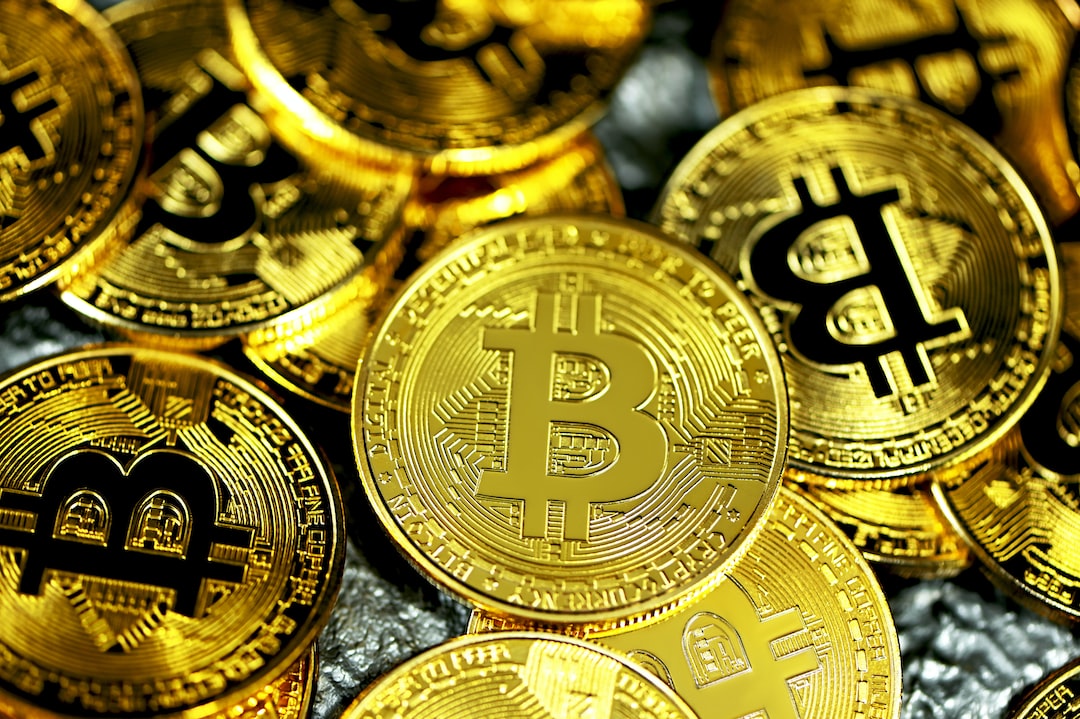
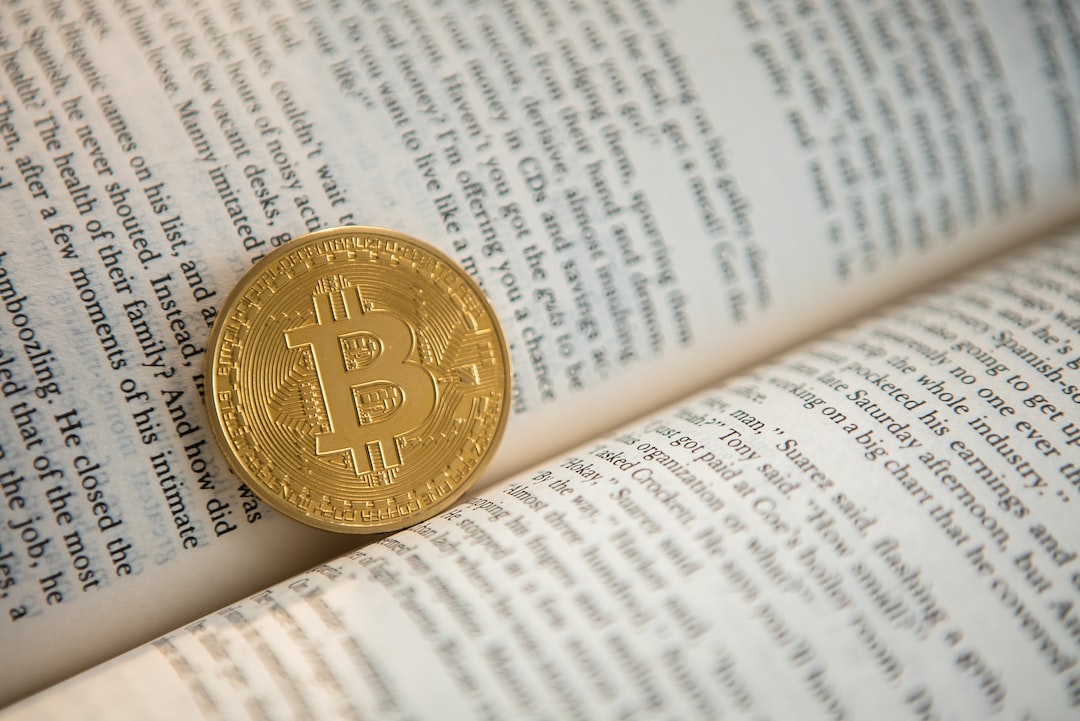
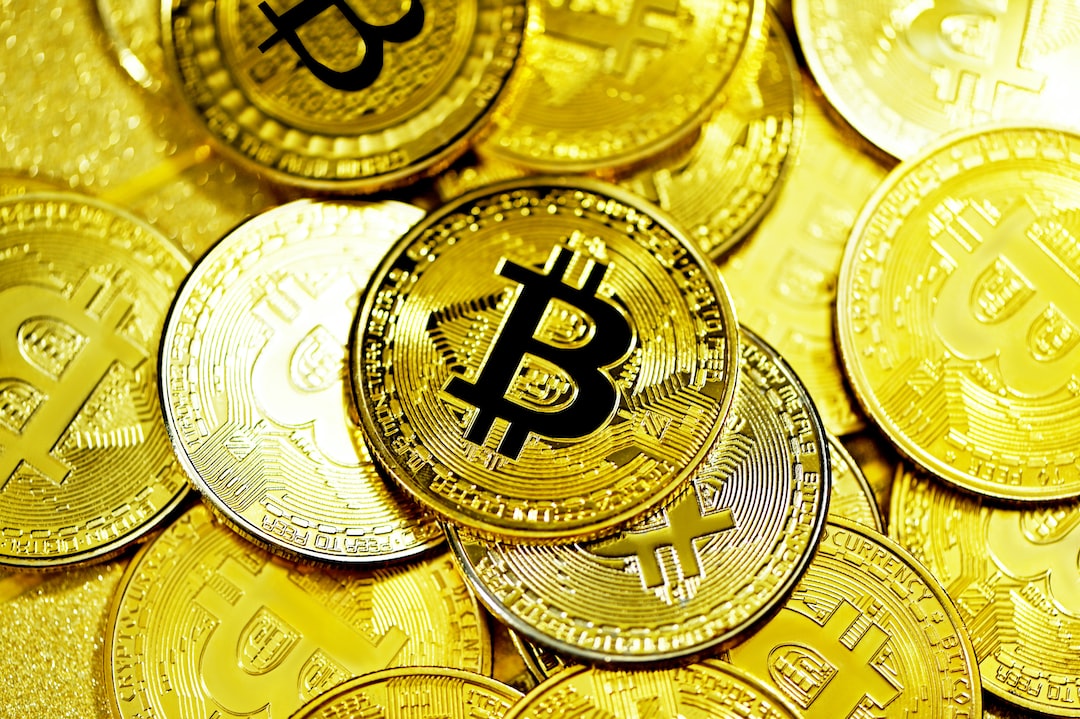

 By
By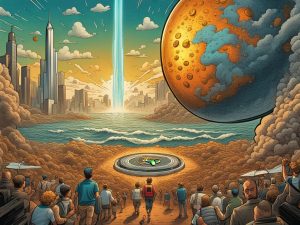
 By
By
 By
By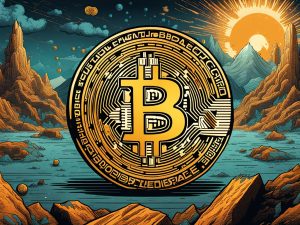
 By
By
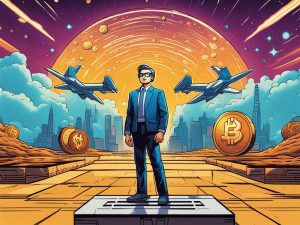
 By
By